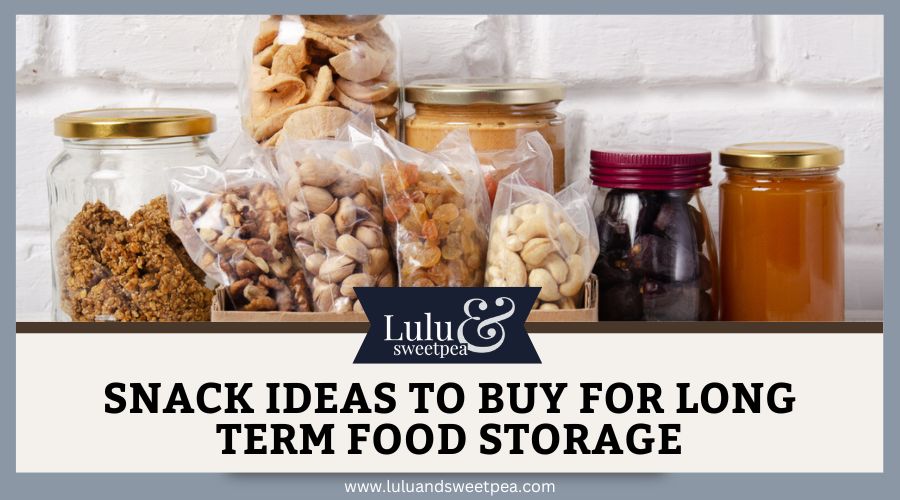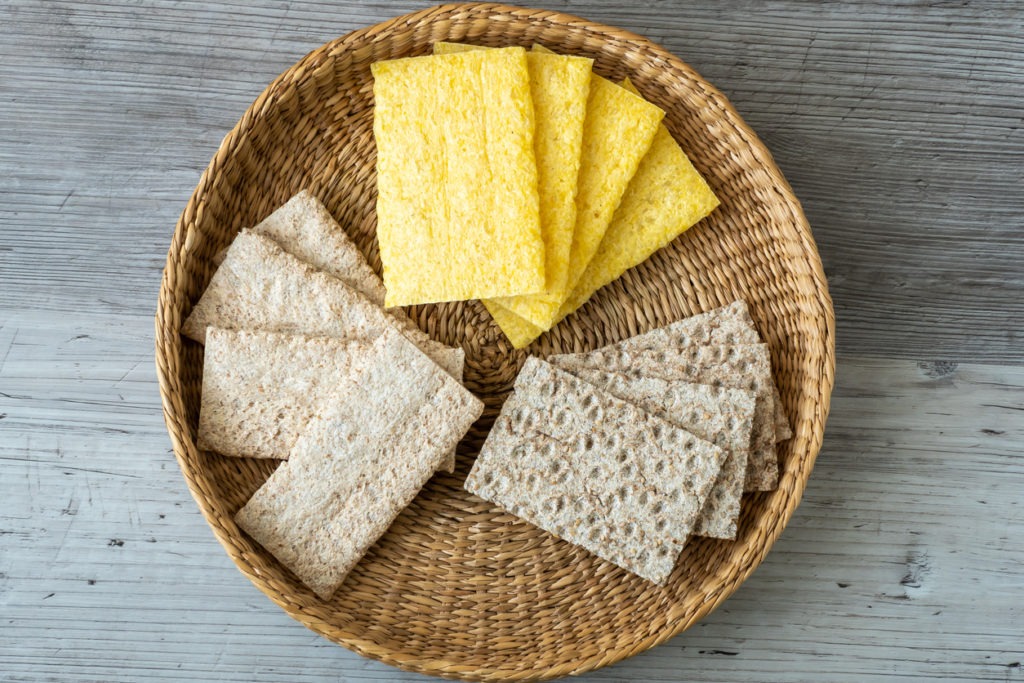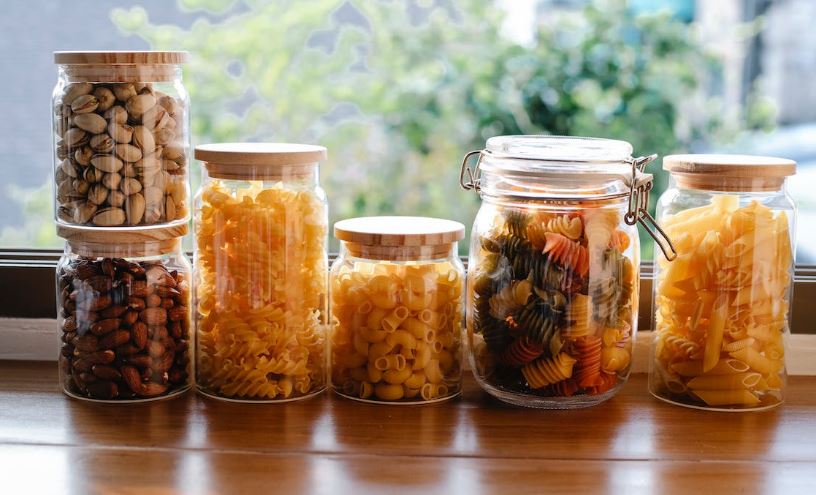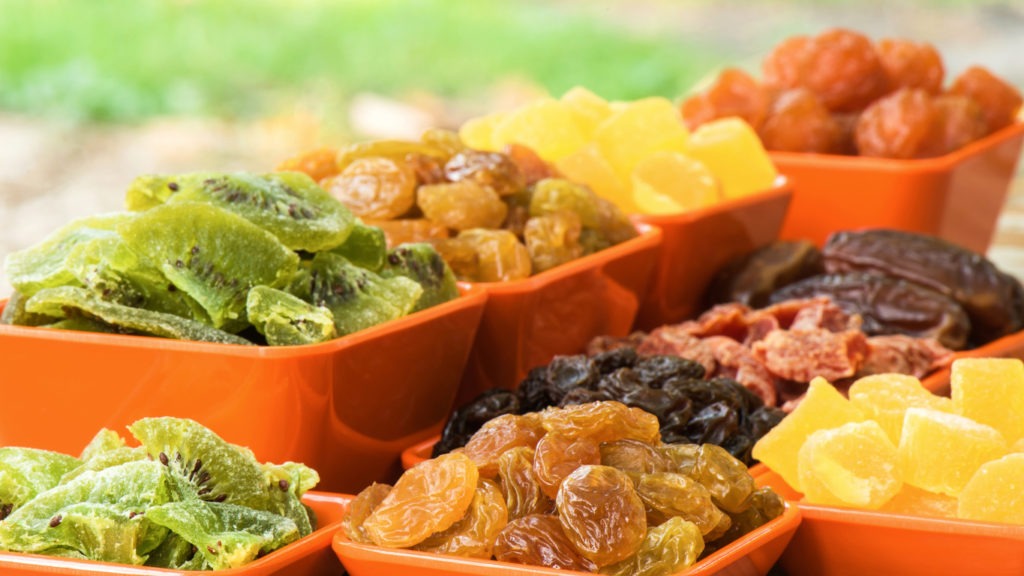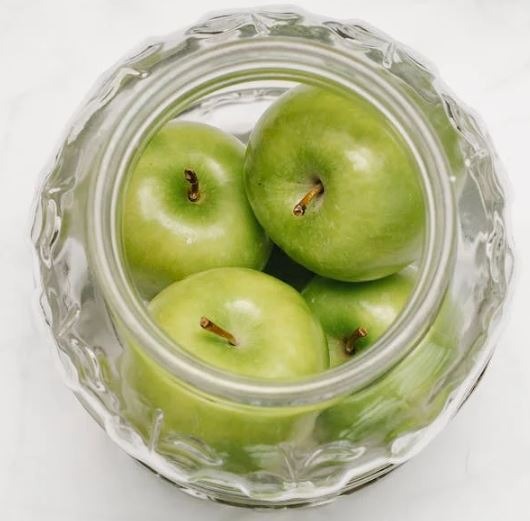Long-term food storage is a vital tool for overcoming the problems of regular living and for emergency preparedness. This stockpile of life-sustaining long-term storage foods should be constructed once you have a three-month supply of everyday foods stored away.
These non-perishable food items (or almost so) have prolonged expiration dates, allowing you to store them for extended periods of time even when it is not hurricane or tornado season. Create a list of the items in your stockpile and verify their expiration dates every six to twelve months to maintain their freshness. And don’t forget to always carry a can opener; all that food will be useless if you can’t open it.
1. Whole-grain crackers
Crackers are a suitable substitute for bread and can be used to make sandwiches. Due to their higher fat content, whole-wheat or whole-grain crackers have a shorter shelf life than their plain counterparts (check the packaging for expiration dates), but the additional fiber is beneficial when you are very hungry. Consider using vacuum packaging to preserve the freshness of your crackers.
A wonderful deal can be had by purchasing a family-sized bag of wheat that is composed entirely of whole grains. In addition to containing no high-fructose corn syrup, the toasted crackers provide a bit additional health benefits.
2. Granola bars and energy bars
These nutritious and delicious portable snacks often remain fresh for at least six months. In addition, they are a rich source of carbs. You can obtain extra energy from carbohydrates without consuming a great deal of food.
The Variety Pack from Nature Valley consists of twelve individually-wrapped bars in peanut butter, oats ‘n dark chocolate, and oats ‘n honey flavours. And with 16 grams of whole grain per serving, these bars will be more than sufficient to keep anyone satisfied.
3. Tuna, salmon, chicken, or turkey in a can
Canned meats, which typically keep at least two years in the cupboard, supply necessary protein. According to Diane Van, manager of the USDA meat and poultry hotline, vacuum-packaged pouches have a lower shelf life, but will last at least six months.
In addition, if you don’t have a can opener, vacuum-sealed packs may be useful. Safe Catch Elite Wild Tuna offers the lowest mercury content of any brand on the market, making it a better option for children and pregnant women.
4. Canned green beans, carrots, and peas
When fresh produce is unavailable, canned types can deliver critical nutrients, making them a perfect option during a hurricane or natural disaster. Order a case of Libby’s mixed veggie cans to consume as many of these healthy vitamins and minerals as possible. Each jar contains peas, carrots, corn, lima beans, and green beans, providing a well-balanced lunch right out of the jar.
5. Dry pasta and pasta sauces
Spaghetti is satisfying despite being high in carbohydrates and gluten, and dry pasta and bottled sauce can be stored for months. If someone in your household has dietary concerns, seek out gluten-free or chickpea-based pasta (or another alternative).
6. Dark Chocolate
Once opened, store dark chocolate at room temperature in its original packaging or tightly wrapped. Dark chocolate has the longest shelf life among all chocolate types. If you enjoy milk or white chocolate, consume it within one year.
7. Grains
Grains have an eight-year shelf life. Keep them in a container that is airtight in the pantry. Bulk purchases of grains such as quinoa, barley, rye, flax, millet, and grits are a wise investment. All of these grains can be stored in sealed containers for optimal results.
8. Jerky
Unopened, store-bought beef jerky has a lengthy shelf life, so feel free to stock up on this protein-rich snack. However, homemade jerky is another matter. That ought to be consumed within a few Weeks.
9. Dehydrated Fruit
The key to successfully dehydrating food is to eliminate all of its moisture. When ready for storage, add an oxygen absorber. Raisins, apricots, and apples that have been properly dehydrated can last up to 30 years.
You may create them at home. The dried fruit from the grocery store will not keep as long because it is not entirely dehydrated and sometimes re-absorbs moisture during packaging. Periodically inspect your fruit to ensure there are no symptoms of deterioration.
Another viable alternative is to purchase fruit from food storage firms. Their dehydration method ensures a shelf life of up to fifteen years.
10. Dehydrated Veggies
Depending on the moisture content of each vegetable, the shelf life of produce might vary. Similar to store-bought dehydrated fruits, store-bought dehydrated veggies may have a significantly shorter shelf life than those prepared at home.
If you can create and package your own, you should do so. Dehydrated and stored under optimum conditions, carrots, for example, can last up to 20 years. If you want vegetables with a 15-year shelf life but don’t want to prepare them yourself, go no further than our store.
11. Nuts
Nuts are an excellent source of protein, fat, and fiber, and they give a wide array of possibilities. The shelf life of most types of nuts is roughly a year, or much longer if frozen.
12. Peanuts
Peanuts in their shells can be stored in the pantry for up to two months if they are kept cool and dry.
13. Apples
Apples stored in a fruit bowl at room temperature typically last between five and seven days. However, when stored in a humid environment between 30 and 40 degrees Fahrenheit, they can remain crisp and fresh for up to six months.
14. Bouillon cubes
Oxygen and moisture are the enemies of these handy instant soup or stock cubes. Keep them dry and well-sealed, and they will likely survive at least 24 months.
15. Potatoes
Yukon Gold, red, and fingerling potatoes can last for two to three weeks if they are kept in a cool, dry, and dark place. Larger white or russet potatoes have a three- to five-week shelf life. Sweet potatoes have a similar shelf life to potatoes. However, do not store them next to onions: In cooking, the two may pair well, but raw, one emits gases and moisture that may hasten the other’s spoilage.
The conclusion
The ideal foods for long-term storage are those with little or no moisture content and that are not temperature sensitive. In many instances, foods with a higher moisture content can be stored for an extended period of time, but they require special measures to prevent spoilage.
